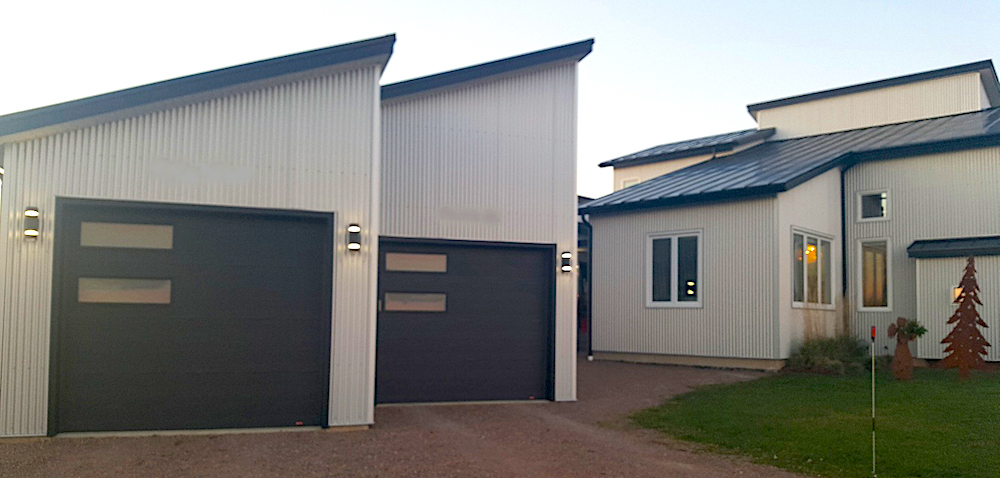Steel's Advantages in a Natural Disaster

The National Oceanic and Atmospheric Administration (NOAA) is expecting an above-normal 2020 Atlantic hurricane season, which runs from June 1 through November 30. Steel-intensive resilient buildings can play a major role in ensuring communities are prepared for hurricanes and other disasters, and resilience is increasingly being considered as an important design requirement by owners and builders across the nation. National model building codes set the baseline for the safe design and construction of homes, schools and workplaces, providing minimum requirements to adequately safeguard the health, safety and welfare of building occupants. Resilient building design goes beyond the minimum code requirements and considers the financial and societal costs of operational disruption in the wake of disasters.
- Steel-intensive structures perform predictably when subjected to the structural loads and movements imposed by natural hazards and man-made events due to steel’s homogeneous and isotropic properties. Design professionals can rely on steel’s durability and adaptability when choosing a structural material for projects in high-seismic and high-wind areas.
- Once a steel member has been formed, it will remain dimensionally stable with virtually no change to the thickness, width or other dimensions, as well as strength and stiffness. Likewise, fasteners, connectors and welds used to join steel framing members retain their strength and reliability over time.
- Steel’s durability, strength and ductility help steel-intensive buildings withstand catastrophic events and allow for continuous functionality following disasters like earthquakes or hurricanes. In addition, steel is noncombustible. Fires can follow disasters and since steel products will not contribute to the spread (e.g., fuel load) of a fire, steel-intensive buildings are less likely to sustain or promote devastating fire-related damage.
- Steel also provides opportunities for easy repair and/or replacement after a natural hazard or man-made event. Steel's inherent flexibility as a material, coupled with well-informed design decisions addressing resilient requirements, can address the owner's desire to maintain select building functions or adapt to changing requirements after a disaster.

ATTENTION HOMEOWNERS ON THE EAST COAST!
Experts say it’s essential to take protective readiness steps earlier this year.
Baton down the hatches: The 2020 hurricane season, which officially starts June 1, has leading experts predicting above-normal probability for major hurricanes and storms making landfall in the U.S. Meteorologists from Colorado State University, one of the nation’s top hurricane forecasters, predicts 16 tropical storms will form, of which eight will become hurricanes . In an average season, 12 tropical storms, six of which are hurricanes, are typical.
It’s wise to prioritize home improvement projects now that will strengthen and better protect your home over the long run. Choosing stronger materials, making sure projects meet or exceed codes and standards, and investing in improvements designed to maximize performance and reliability can improve the chances of riding out storms unscathed. Also, once major storm activity hits, the demand for contractor services for repairs and replacements spikes, so being proactive early and taking preventative action now may prevent major headaches and long delay times down the line.
Case in point is the roofing industry. Spring is already a popular time for re-roofing projects and experts say for hurricane-prone areas, working closely together with your contractor to select the most resilient options possible to best fortify your roof is a smart move. That includes choosing materials like steel roofing that can better withstand hail, driving rain and extreme winds. Since roofs take the brunt of monster storms, an investment in a higher quality roof can help save homes from sustaining major damage and will hold up better over time.
To learn more about steel roofing visit our SteelRoofingCanada.ca website.